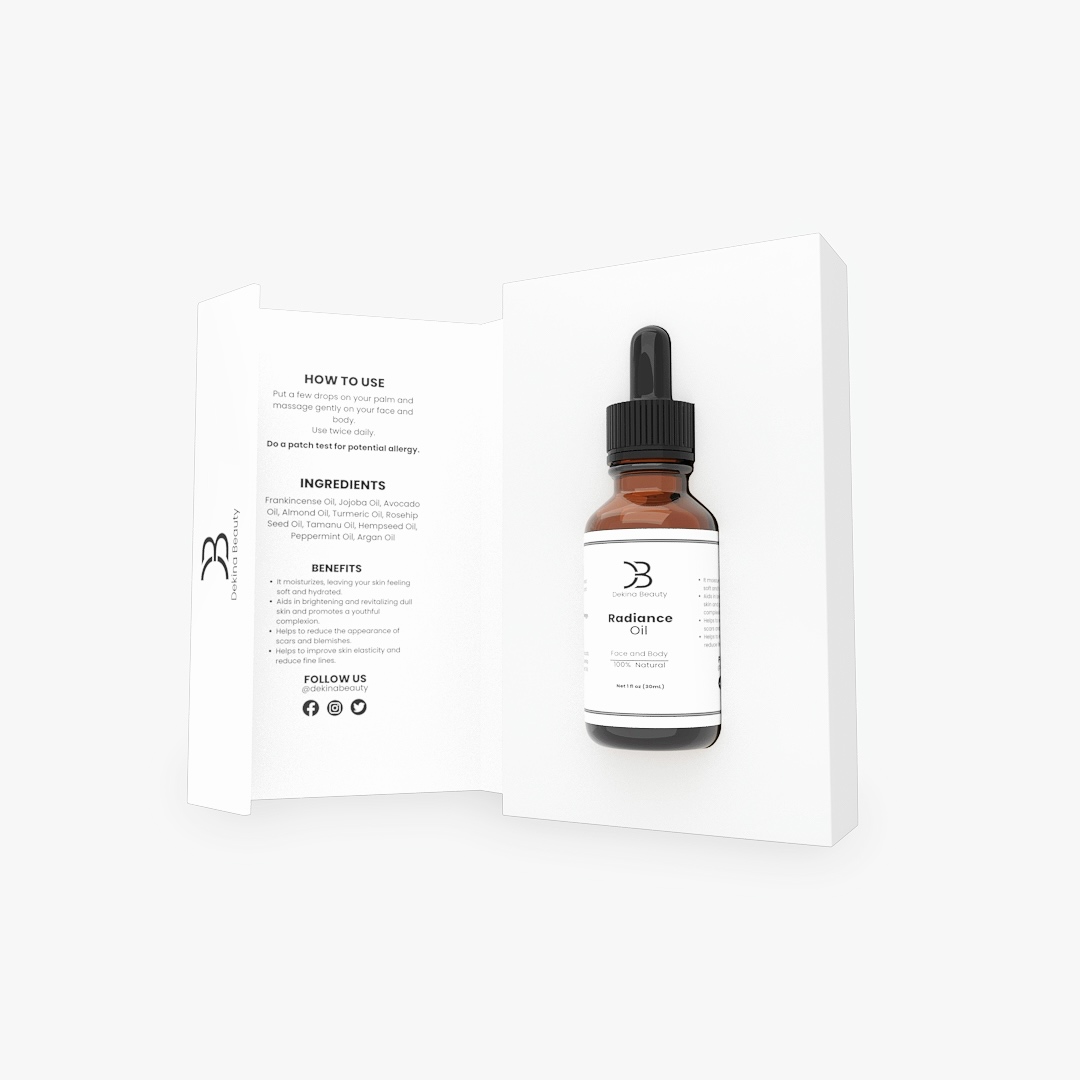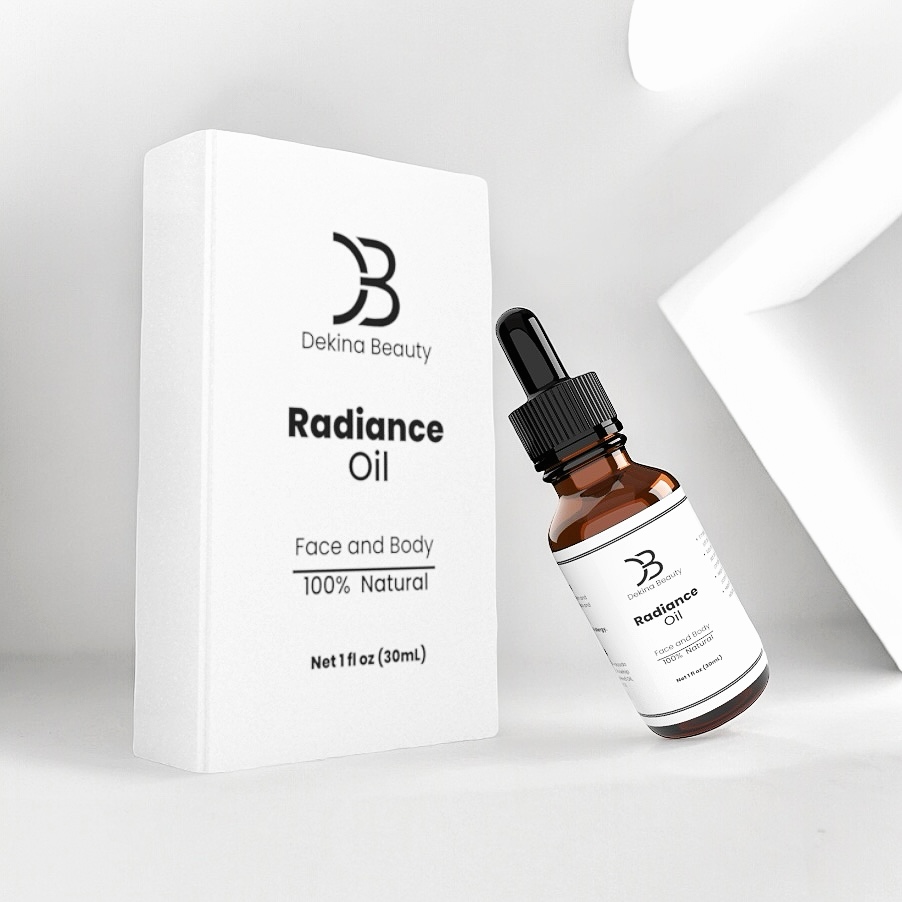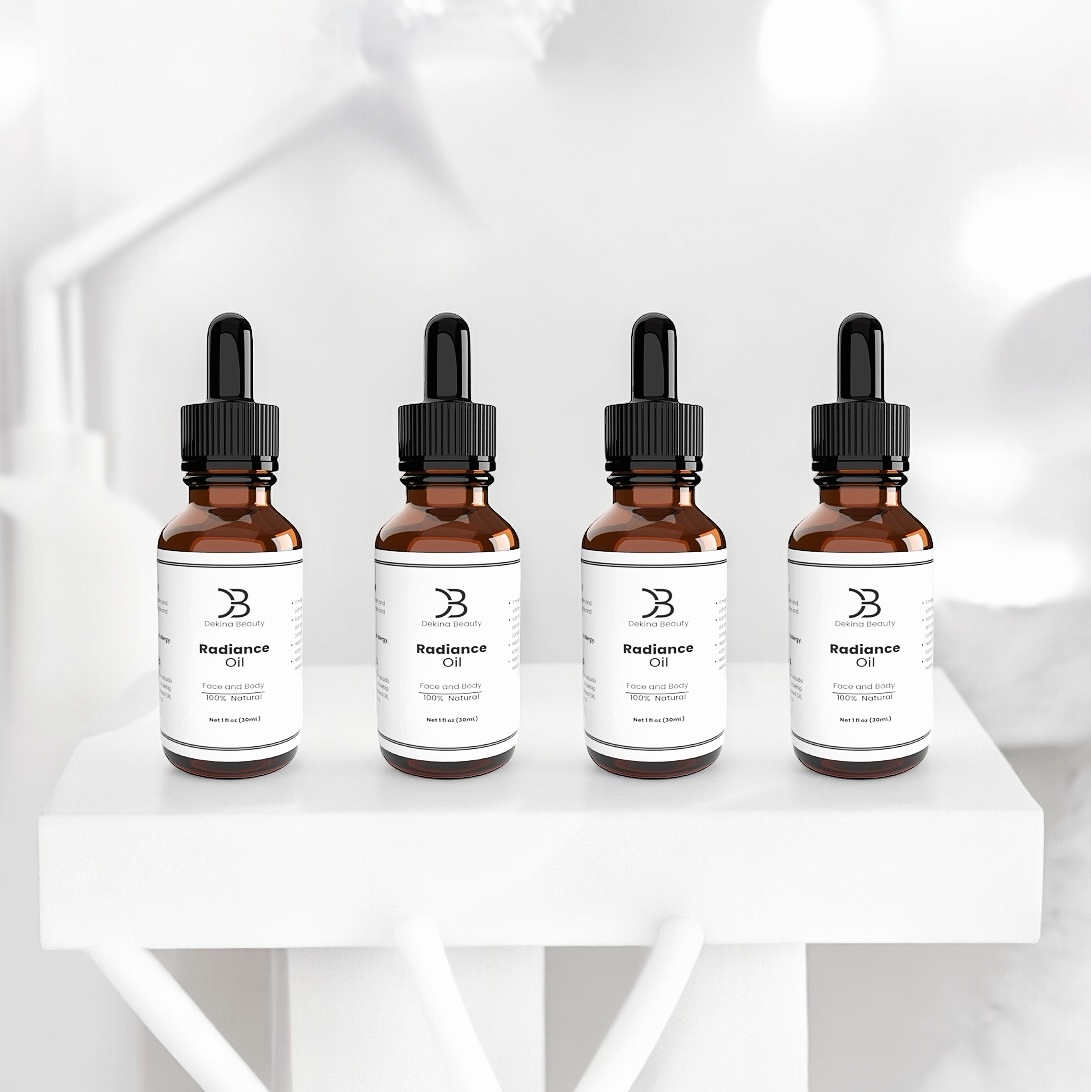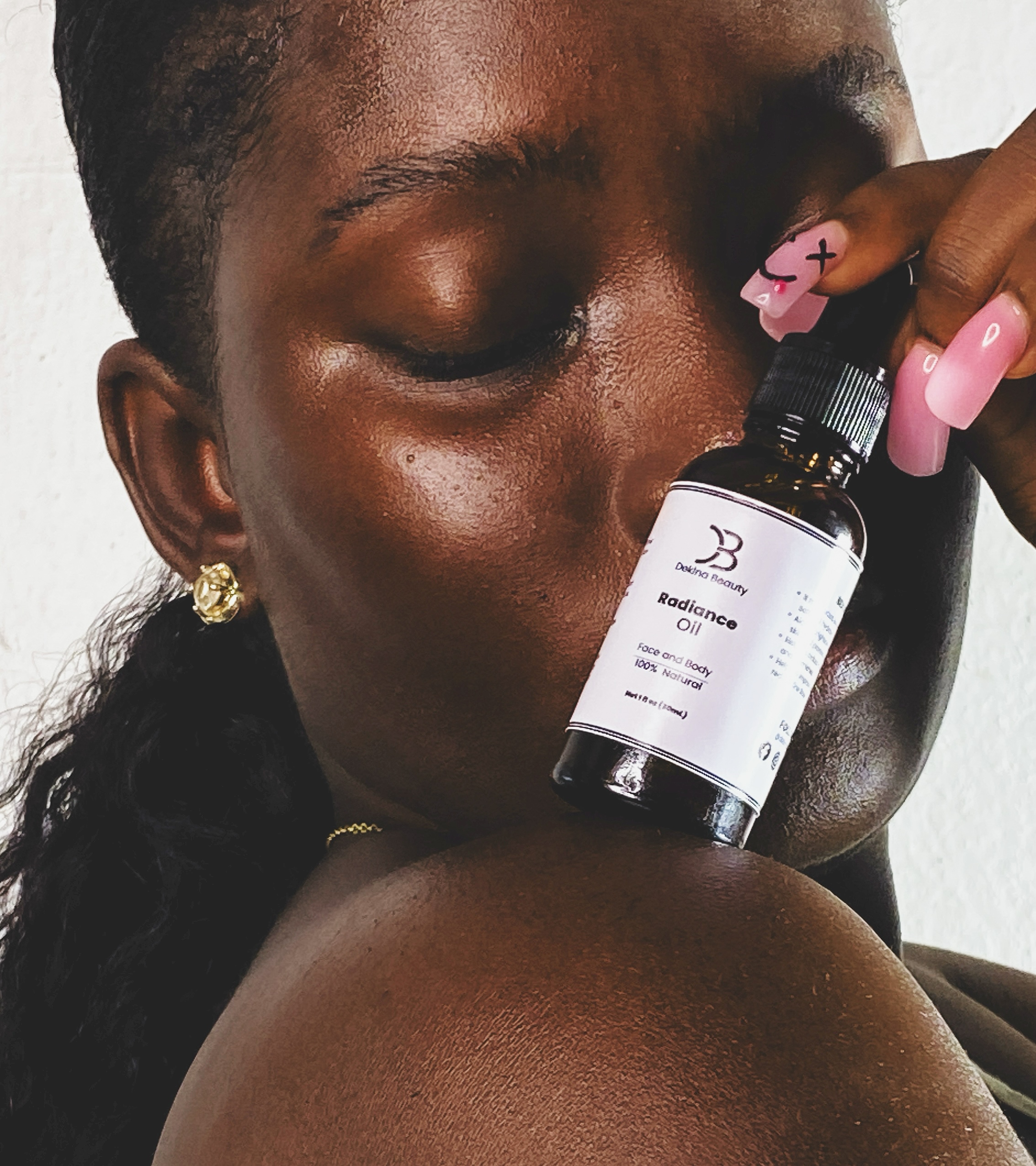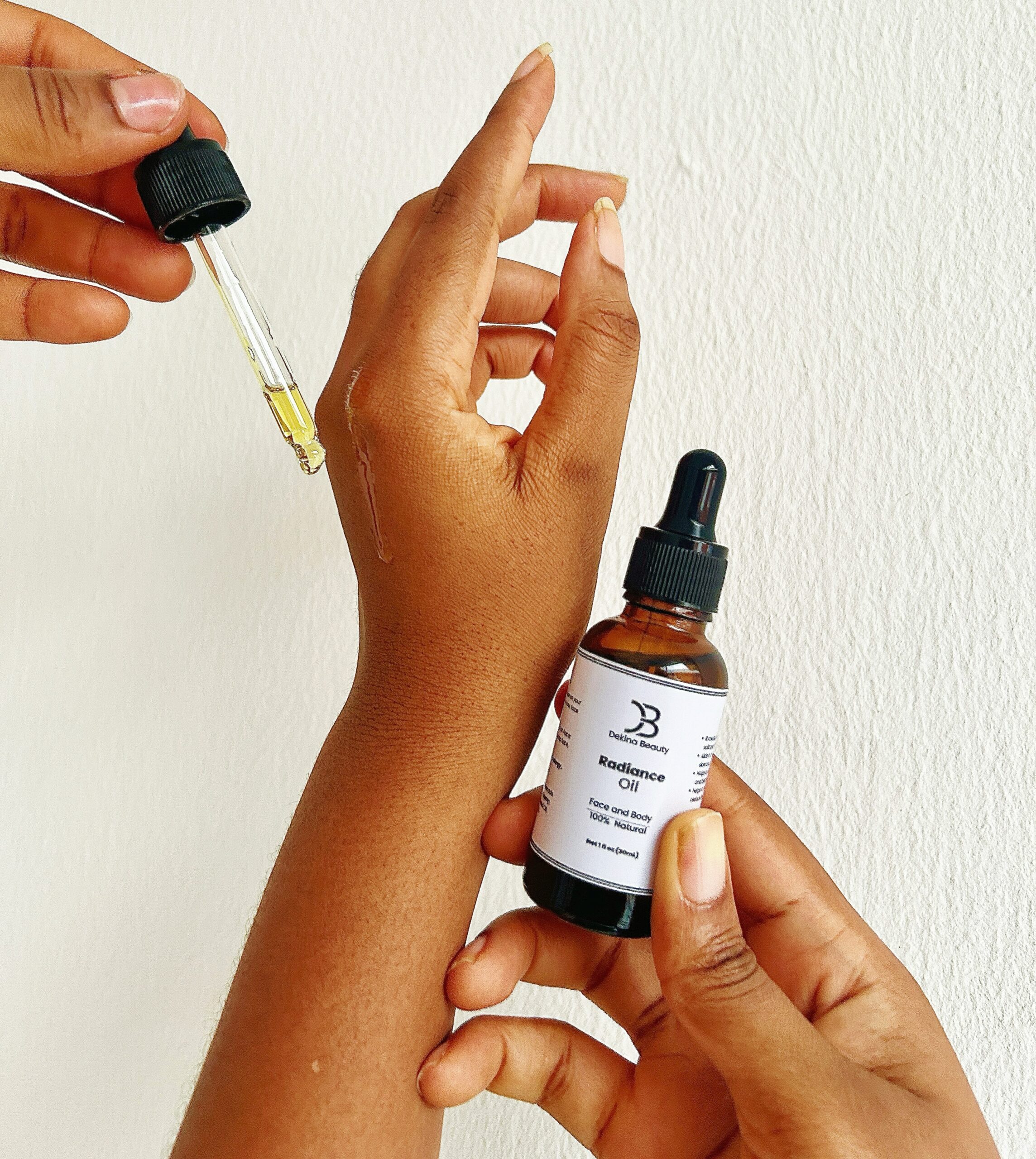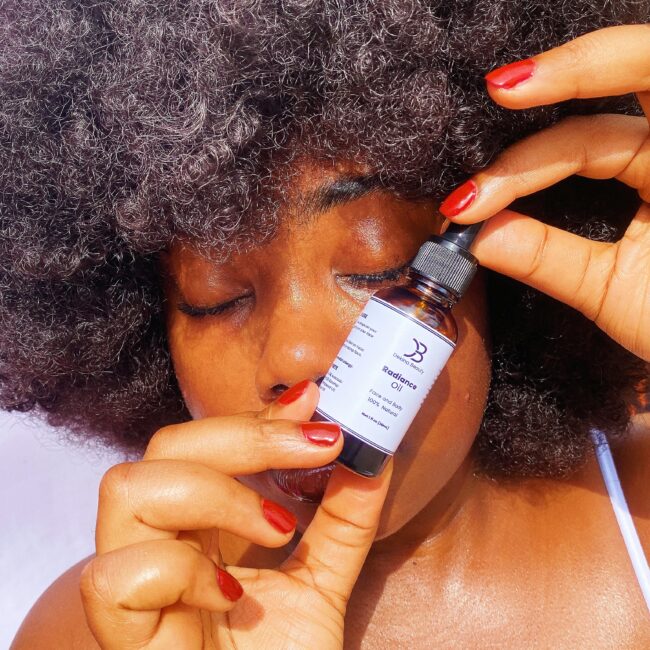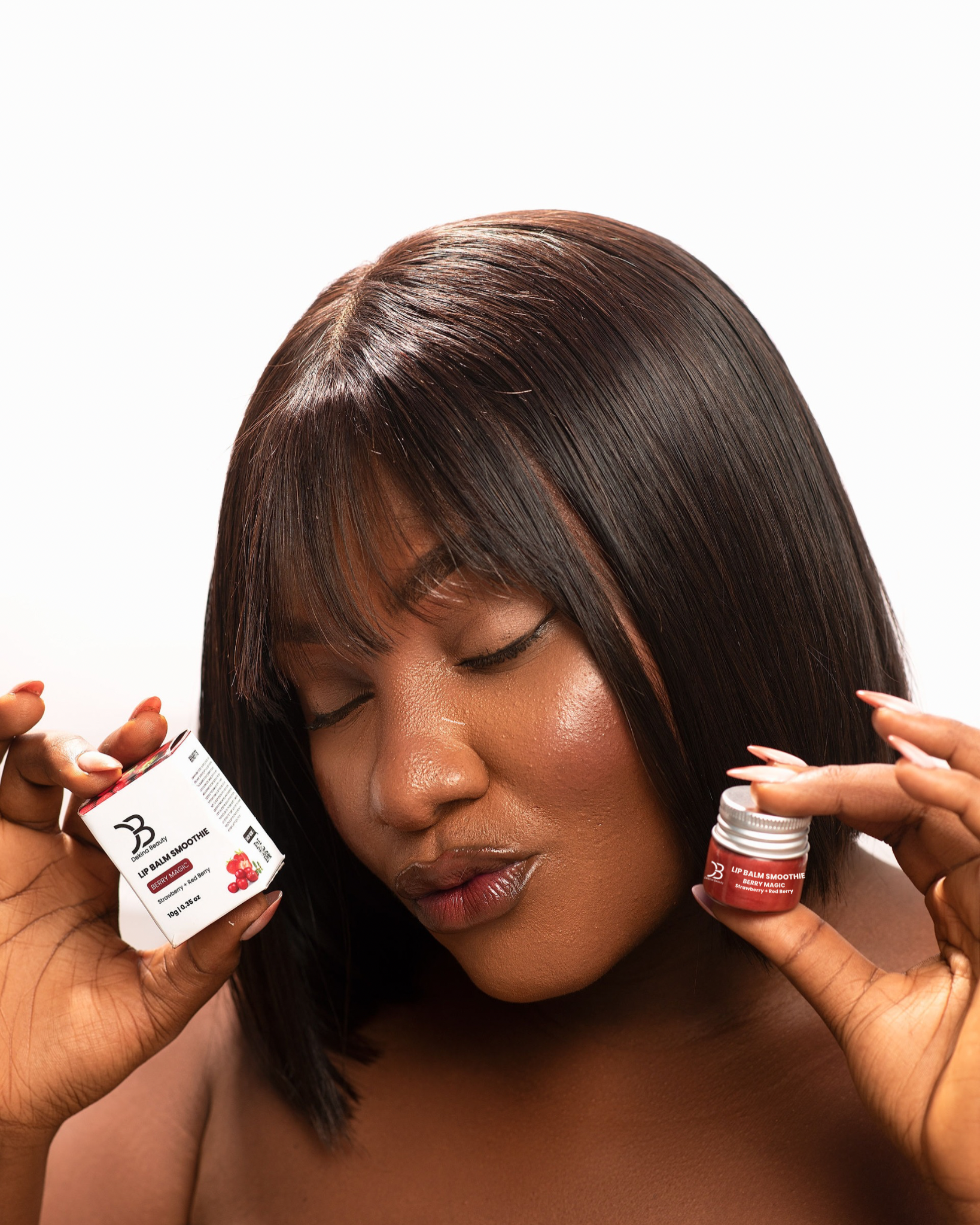What Does Toner Really Do? A Clear Guide to This Skincare Step
Toner is often an overlooked component of many skincare routines, yet it holds significant importance in enhancing skin health. At its core, toner is a liquid formulation applied after cleansing to help restore the skin’s natural pH balance, which can be disrupted during the cleansing process. This is particularly crucial for those using foaming or alkaline cleansers, as these products can lead to dryness and irritation. By using a toner, individuals can ensure that their skin remains adequately hydrated, which is essential for maintaining a healthy complexion.
In addition to balancing pH, toners serve several other essential functions. They help remove residual impurities, such as dirt, makeup, and oil, that may remain on the skin after cleansing. This extra layer of cleansing can prevent clogged pores and breakouts, particularly for individuals with oily or acne-prone skin. Furthermore, toner prepares the skin for subsequent products in the skincare regime, such as serums and moisturizers, allowing them to penetrate more effectively. This enhances the overall efficacy of the entire routine, contributing to a more radiant and even-toned complexion.
Toners are available in various forms to cater to different skin types and concerns. Hydrating toners often contain rich ingredients such as hyaluronic acid or glycerin, designed to add moisture and soothe dry skin. Exfoliating toners, on the other hand, commonly include alpha or beta hydroxy acids that gently slough away dead skin cells, making them ideal for individuals with dull or uneven skin texture. Astringent toners typically contain alcohol or witch hazel; these are suited for those with oily skin, helping to control excess oil and minimize the appearance of pores. By selecting the appropriate toner, users can target their specific skin needs effectively.
Choosing the Right Toner for Your Skin Type
Selecting the appropriate toner is a crucial aspect of an effective skincare regimen, as it ensures that the needs of your specific skin type are met. Each skin type—whether oily, dry, combination, or sensitive—requires unique ingredients in a toner to facilitate optimal skin health and appearance.
For individuals with oily skin, toners that contain witch hazel are particularly beneficial. Witch hazel acts as an astringent, helping to reduce excess oil and minimize the appearance of pores. Other ingredients such as salicylic acid can also be helpful, as they target acne and prevent breakouts. When selecting a toner for oily skin, look for options labeled as “oil-free” or “non-comedogenic” to ensure they do not clog pores.
Conversely, those with dry skin should prioritize toners featuring hydrating ingredients like aloe vera or glycerin. These components are known for their ability to lock in moisture, preventing further dehydration of the skin. Avoid alcohol-based toners, as they can strip the skin of its natural oils, leading to increased dryness and irritation.
For combination skin, which exhibits characteristics of both oily and dry skin, it is advisable to select a toner that balances hydration and oil control. Look for toners with botanical extracts that can provide moisture without making the skin excessively greasy.
Individuals with sensitive skin must be cautious when choosing a toner. It is essential to select products free of alcohol and artificial fragrances, as these can trigger irritation. Instead, opt for soothing ingredients such as chamomile or rose water, which help to calm the skin.
Common mistakes to avoid while choosing a toner include overlooking ingredient labels and selecting products that do not suit your specific skin type. Understanding your skin’s unique requirements will empower you to make informed choices that promote healthy, glowing skin.
Best Practices for Applying Toner
Applying toner effectively is essential for maximizing its benefits within your skincare routine. Several application techniques can be employed, each offering unique advantages suited to individual preferences and skin types. One of the most common methods involves using cotton pads, which allow for a controlled application. This technique is particularly beneficial for removing any remaining impurities, as the cotton pad can act as a gentle exfoliant. When using cotton pads, it is advisable to saturate the pad with toner and gently sweep it across the face, always moving in an upward motion to promote circulation.
Alternatively, some individuals prefer to apply toner using their hands. This method facilitates a more direct absorption of the product into the skin. To apply toner this way, simply pour a few drops into your palms, rub them together, and press the toner into the skin, particularly on areas that may require extra hydration. This technique can enhance the overall feel of the toner, making it feel more nurturing and hydrating to the skin.
Another effective application method is using a spray bottle. This technique allows for a fine mist that can provide a refreshing burst of hydration, particularly beneficial during the warmer months. It can also serve as a setting spray over makeup, adding a dewy finish to the complexion. When incorporating toner into both morning and evening routines, it is advisable to apply it after cleansing and before applying serums or moisturizers. This sequence ensures that the toner can effectively prepare the skin to absorb subsequent skincare products, optimizing their effectiveness.
Incorporating toner into your routine does not have to be complex. By choosing the right application method and timing, you can enhance the benefits of this product, resulting in a more vibrant and glowing complexion.
Common Mistakes to Avoid When Using Toner
Many individuals incorporate toner into their skincare regimen with the hope of achieving clear and glowing skin. However, certain common mistakes can hinder the desired results. One frequent error is overusing exfoliating toners. These toners, which often contain alpha and beta hydroxy acids, are designed to eliminate dead skin cells and promote cell turnover. While beneficial, excessive use can lead to skin irritation, increased sensitivity, and disruption of the skin’s natural barrier. It is recommended to use these toners sparingly, typically no more than 2 to 3 times per week, depending on your skin’s tolerance.
Another critical misstep is selecting the wrong toner for your specific skin type. For example, those with dry skin might reach for alcohol-based toners in hopes of deep cleaning, not realizing that such formulations can worsen dryness and irritation. Instead, individuals should choose toner options that cater to their skin type; hydrating toners with soothing ingredients are better suited for dry skin, while oil-free, antimicrobial formulas may be more appropriate for oily or acne-prone skin. Educating oneself about the ingredients in toner products can significantly improve outcomes.
It’s also crucial to consider how toner fits into the entirety of your skincare routine. Neglecting this aspect could mean using too many active ingredients or neglecting essential moisturizers after toner application. To achieve optimal results, listen to your skin’s needs and adjust toner usage accordingly. Pay attention to how your skin reacts post-application, and modify the frequency or type of toner used if you notice signs of irritation or imbalance. By recognizing these common pitfalls and making thoughtful adjustments, individuals can incorporate toner more effectively and enjoy a healthier, more radiant complexion.




